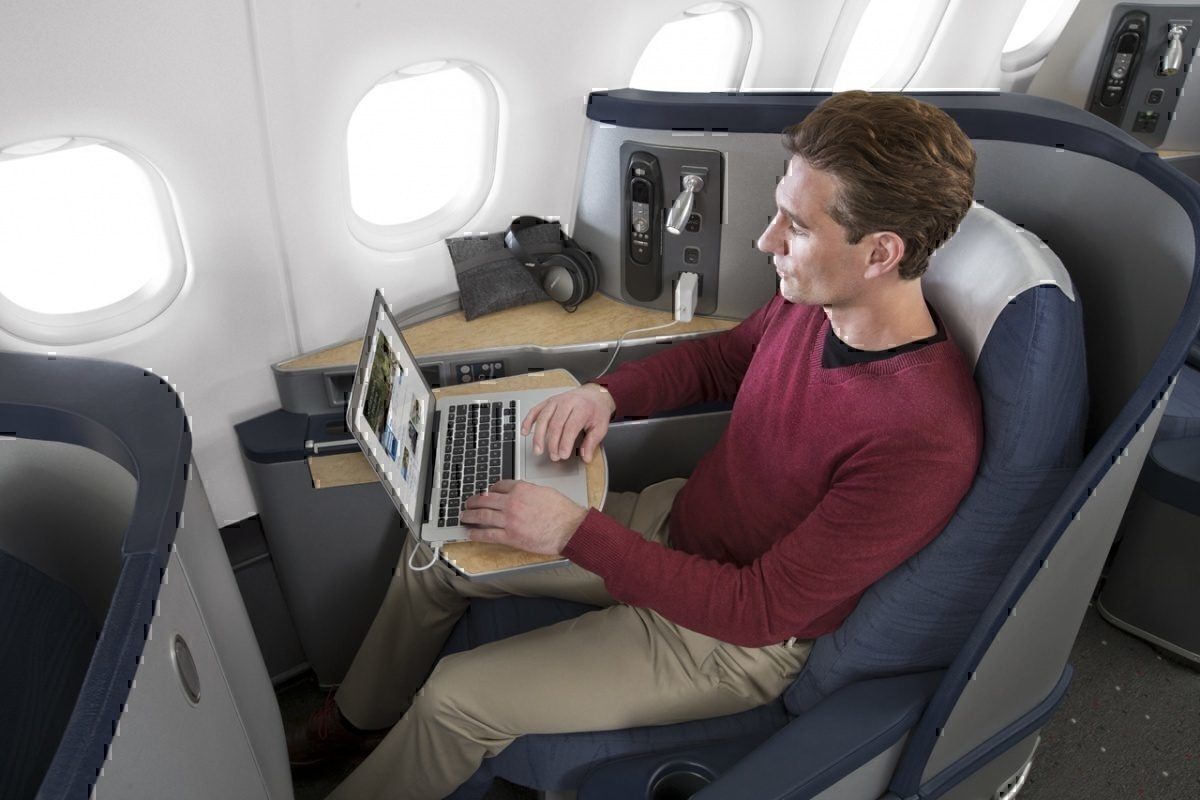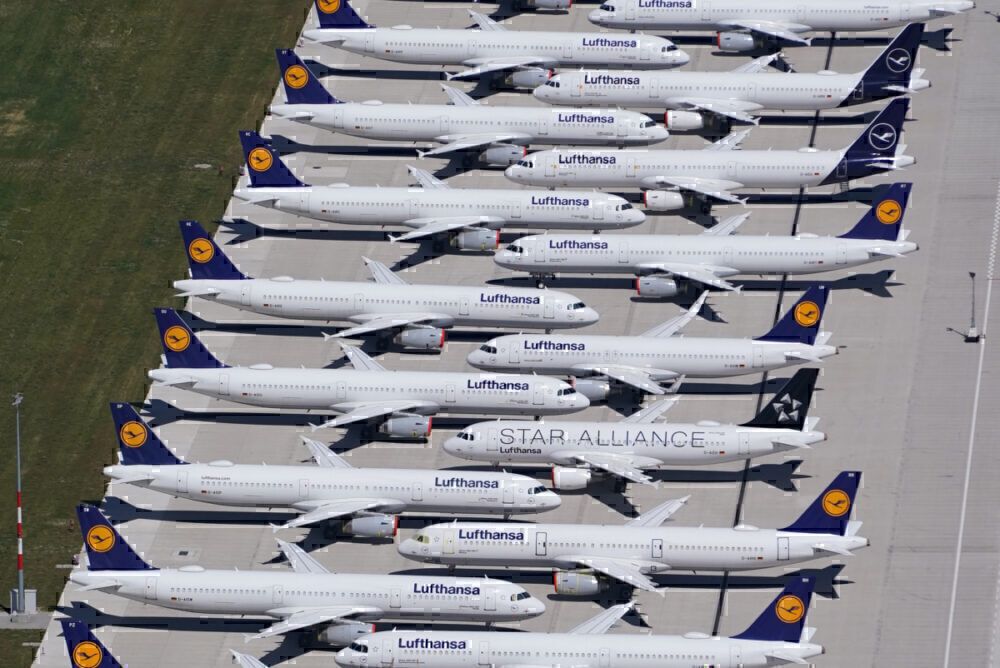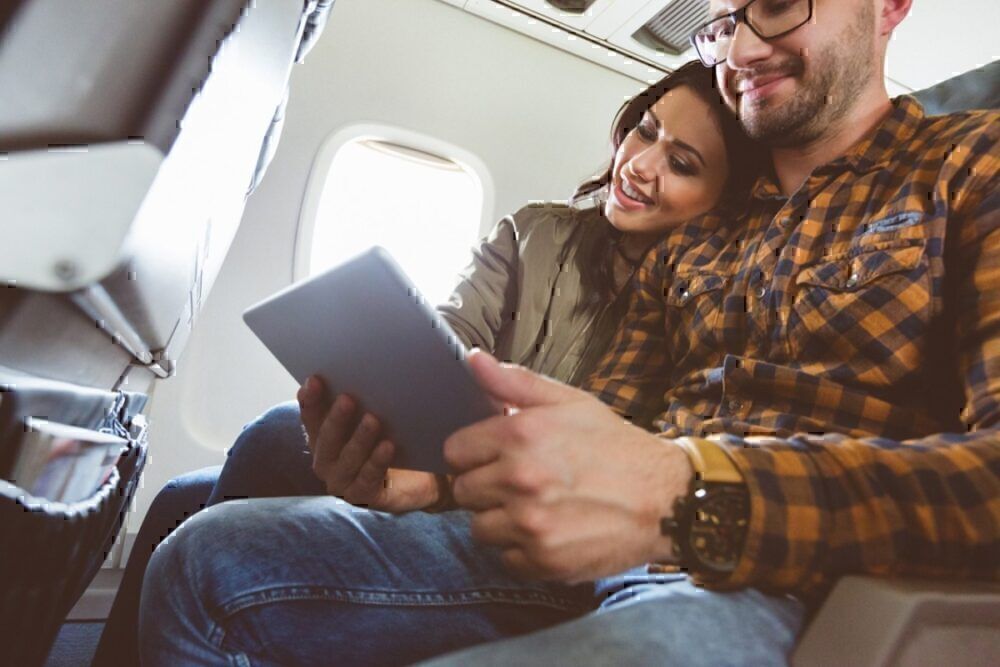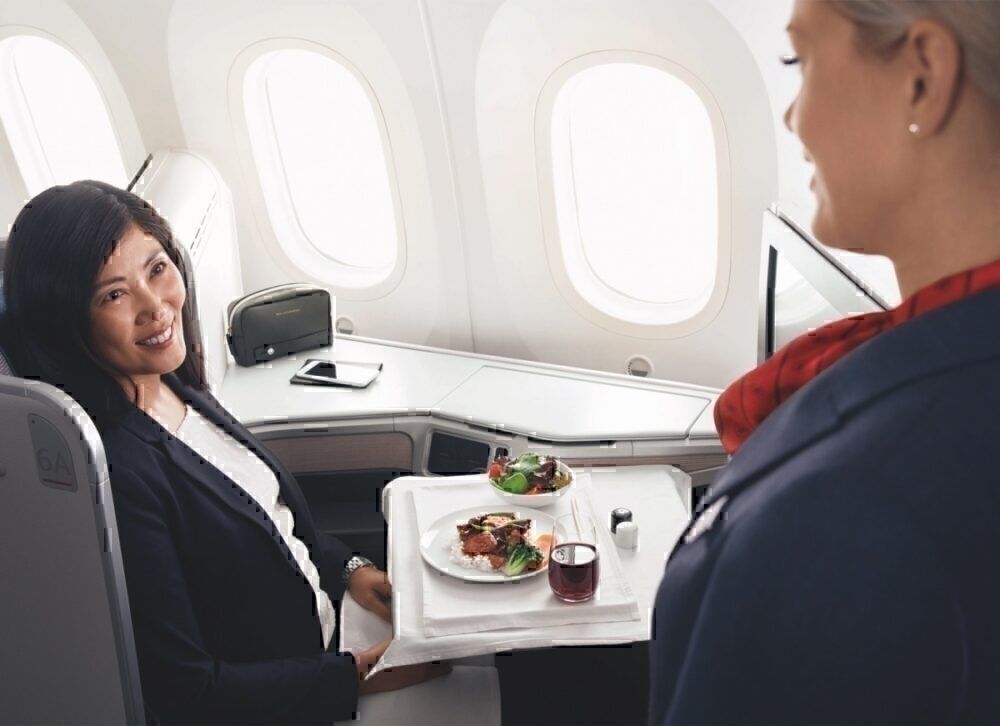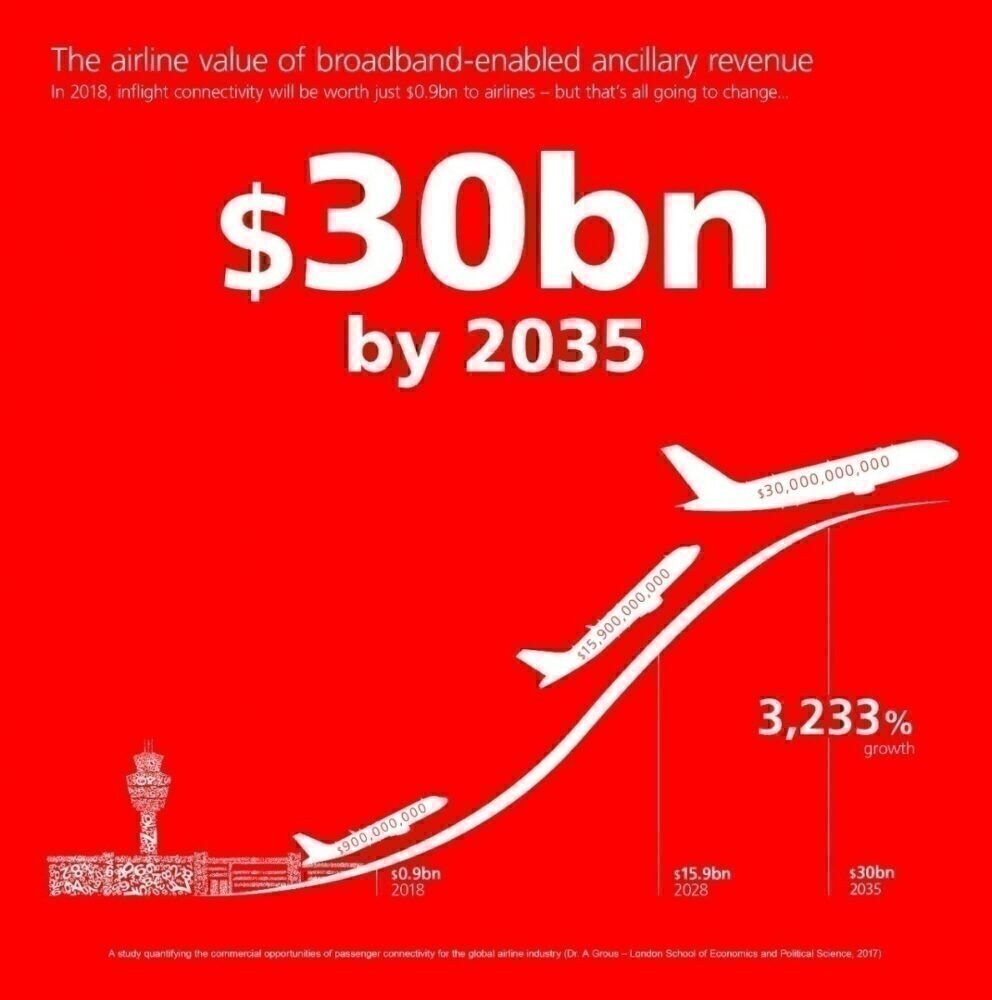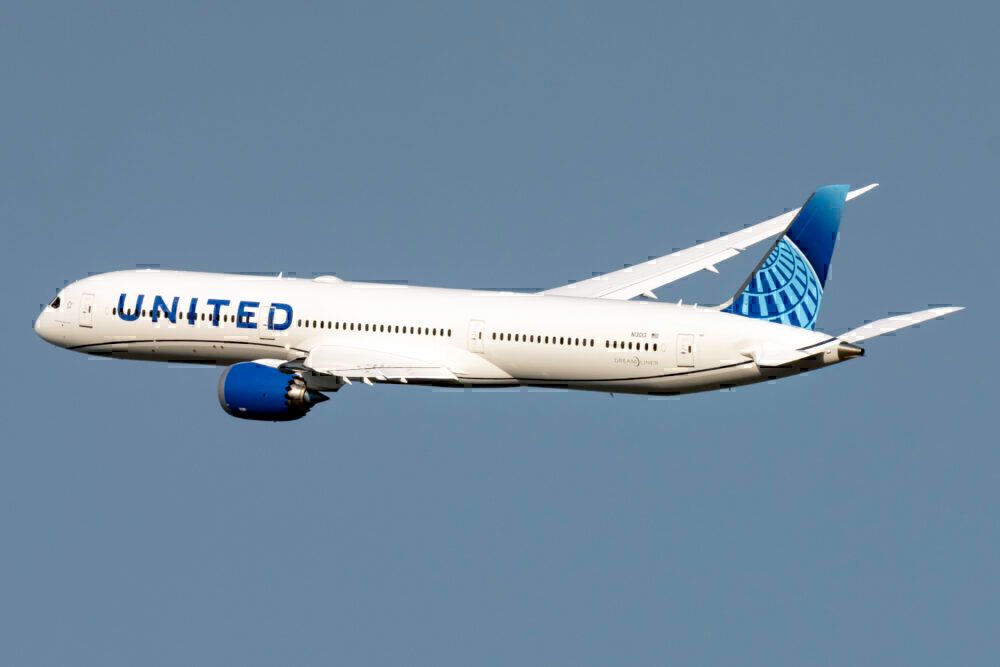Pre-COVID, the aviation industry was investing heavily in improvements to inflight connectivity. Now, with airlines tightening their belts and facing a financially stressed future, will that investment stop? Simple Flying sat down with two of IFC’s biggest players – Inmarsat Aviation and Collins Aerospace – to uncover their thoughts on the situation.
Competing for capital
Across the board, airlines are facing competing pressures for their capital expenditure. With daily cash burns running into the tens of millions, decisions about where to spend money going forward are not easy to make. LeAnn Ridgeway, Vice President and General Manager of IMS for Collins Aerospace, explained the conundrum,
“What we're seeing is if they've got it already or they had it planned and had the capital budget allocated, I think they're going to be able to utilize it for new business case opportunities versus for just passenger experience. Now, I think it might be more about operational efficiencies, so there are different needs to justify it.
“However, unfortunately, with the pandemic causing the economic crisis across the industry, that adds a challenge now for airlines who didn't currently have that or haven't budgeted for it. We do expect we'll see some of that move to the right, just because airlines have got to live to fly another day.
“Pre-COVID, everybody was rushing towards the same end game. I think now airlines are having to rethink those strategies and what they can afford. Probably for the next 18 months, there's going to be some crucial decisions that have to be made on what's the priority.”
Faced with having to dismiss large portions of their employees and tighten their belts all round, choosing to spend money is going to be tough. However, there are some cases where spending on something like inflight connectivity makes a lot of sense.
Passengers need to be a priority
One of the biggest challenges facing airlines right now is getting passengers back onto the plane. Low demand means a more competitive environment and providing good WiFi connectivity is a great tool for leveraging an advantage. Phil Balaam, President of Inmarsat Aviation, told us,
“The financial pressure is certainly going to increase. There will be competition for capital. So new for new programs. It's going to be challenging to fund them.
“However, there's also going to be competition for passengers. And there's going to be a need to generate new additional incremental revenue streams. And for both passenger attractiveness and generating additional revenue streams, having a good inflight connectivity system is one of the is one of the key levers that airlines have at their disposal to achieve that.”
Inmarsat has previously conducted extensive research in partnership with the London School of Economics into the various benefits inflight connectivity can bring. Their study found that two-thirds of passengers would likely rebook with an airline that they've had a good WiFi experience on. That number went up to over 80% for business travelers and even higher for travelers with children. Balaam continued,
“I think that, pretty soon, we're going to get to a point where people will start to make decisions on who they fly with, based on the services. It will be less about whether you have a lounge, or whether you can have great wine on board. It will be all about what the connectivity going to be like on these flights.”
Great connectivity can also play a part in alleviating the natural anxiety that will be felt by passengers as they begin returning to travel. Nicole Grainger of Collins Aerospace explained,
“Those airlines who have connectivity are going to be able to leverage it in a way that may provide a solution to passenger anxiety and the level of discomfort that can come from the unknown. When you have in-flight connectivity, airlines are able to leverage that at any stage during the flight as a communication method directly to passengers. And so that's a way of helping alleviate some of that anxiety.”
Aside from passenger experience and competitive advantage, there is also a strong business case for inflight connectivity. Ancillary revenue opportunities are abundant, as Inmarsat’s LSE research showed. Their study, Sky High Economics, demonstrated a $30 billion opportunity for airlines in terms of ancillary revenue – a stream that is only going to become even more important during the recovery phase.
Connectivity will come naturally
Of course, for those airlines transitioning to a younger, more modern fleet, investment in connectivity is coming as part and parcel of their new aircraft deliveries. Balaam explained,
“The whole COVID-19 period is going to have a number of impacts, and one of them is the acceleration of the retirement of older aircraft. Over time, the global fleet will be newer, much more modern, and these will be fully connected aircraft. Connectivity will be part of the landscape.”
Trying to guess at what the deeper impacts of COVID will be, particularly on investments such as inflight connectivity, is something of a crystal ball task right now. However, in the long run, the attitude in the industry is one of positivity. Balaam summarized his thoughts saying,
“It's early days, and I think we'll see some changes through COVID. But they won't necessarily all be bad.”

